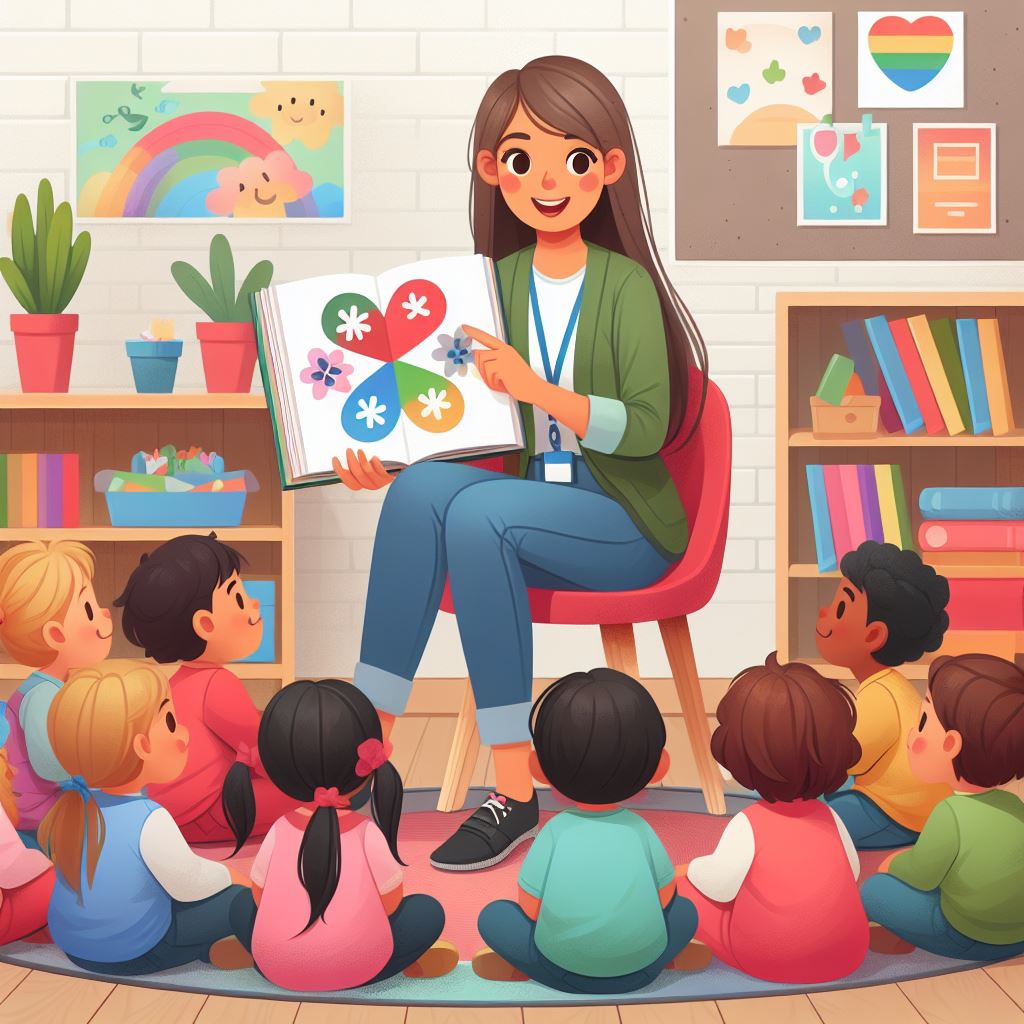What is Reconciliation?
Explaining complex concepts to young children can be a delightful challenge. One such concept is reconciliation, which is essential for building and maintaining healthy relationships. Here’s a simple way to help kindergarteners understand what reconciliation means.
1. Use Simple Language
Kindergarteners respond best to clear, simple words. Start by explaining that reconciliation is about fixing a friendship after a disagreement or a fight. You might say, “Reconciliation means making up and being friends again after a disagreement.”
2. Relate to Their Experiences
Children often understand new ideas better when you relate them to familiar experiences. Ask them if they’ve ever had an argument with a friend. Then, explain how they felt and what they did to make things better. For example:
– “Remember when you and Sarah both wanted to play with the same toy? You felt upset, but then you shared the toy and felt happy again. That’s reconciliation!”
3. Use Stories and Examples
Stories are powerful tools for teaching. Share a simple story where characters have a conflict but work it out in the end. For example:
– “Once upon a time, there were two friends, Tim and Tom. One day, they both wanted to use the red crayon at the same time. They got upset and stopped talking to each other. Later, Tim said, ‘I’m sorry for taking the crayon without asking.’ Tom replied, ‘I’m sorry too. Let’s share it next time.’ They hugged and played together happily. That’s reconciliation!”
4. Role-Playing
Engage the children in a role-playing activity where they can practice reconciliation. Create a simple scenario where two children pretend to have a disagreement and then guide them through the steps of saying sorry, forgiving, and moving on. This hands-on experience can make the concept more tangible.
5. Emphasize Emotions and Empathy
Help the children recognize their feelings and the feelings of others. Explain that reconciliation helps everyone feel better. You might say:
– “When we say sorry and make up after a fight, it makes our hearts feel happy. It’s like a big warm hug for our feelings.”
6. Encourage Good Habits
Teach them to use words like “I’m sorry” and “I forgive you” in their daily interactions. Reinforce that sharing, taking turns, and being kind are all part of reconciliation. Praise them when they practice these behaviors.
7. Visual Aids and Activities
Use pictures, drawings, or even puppets to illustrate the concept. Create an art activity where children draw or color scenes of reconciliation, like friends sharing toys or giving hugs. Visual aids can make abstract ideas more concrete.
Reconciliation might be a big word, but with simple language, relatable experiences, and engaging activities, even young children can grasp its importance. Teaching kindergarteners about reconciliation helps them develop the skills to resolve conflicts, foster empathy, and build strong, positive relationships from an early age. Remember, the key is to make the learning process fun and meaningful!


